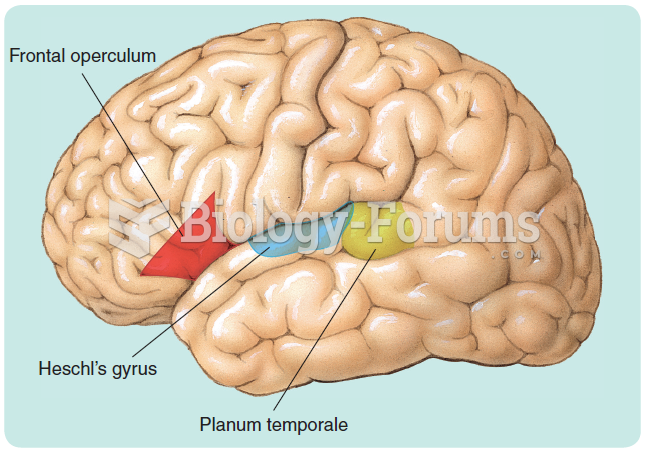|
|
|
More than nineteen million Americans carry the factor V gene that causes blood clots, pulmonary embolism, and heart disease.
Cocaine was isolated in 1860 and first used as a local anesthetic in 1884. Its first clinical use was by Sigmund Freud to wean a patient from morphine addiction. The fictional character Sherlock Holmes was supposed to be addicted to cocaine by injection.
A headache when you wake up in the morning is indicative of sinusitis. Other symptoms of sinusitis can include fever, weakness, tiredness, a cough that may be more severe at night, and a runny nose or nasal congestion.
According to research, pregnant women tend to eat more if carrying a baby boy. Male fetuses may secrete a chemical that stimulates their mothers to step up her energy intake.
Liver spots have nothing whatsoever to do with the liver. They are a type of freckles commonly seen in older adults who have been out in the sun without sufficient sunscreen.
 Some clues about the importance of language experience come from the tragic case of Genie, a girl ...
Some clues about the importance of language experience come from the tragic case of Genie, a girl ...
 The process of learning to read involves physical and socioemotional development, changes in the ...
The process of learning to read involves physical and socioemotional development, changes in the ...
 The learning and retention of the mirrordrawing task by H.M. Despite his good retention of the task, ...
The learning and retention of the mirrordrawing task by H.M. Despite his good retention of the task, ...




